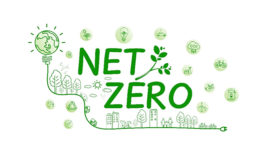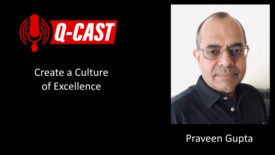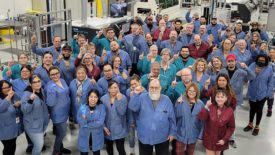Home » Keywords: » ISO 9001
Items Tagged with 'ISO 9001'
ARTICLES
Management
Driving Sustainability with Net Zero Guidelines and Climate Considerations in Management Systems
Read More
Management
ISO Climate Change: The Ongoing Story
One way to reframe this seemingly new push into climate change is to simply consider that your organization has been hunting for methods for years to improve operations.
April 23, 2024
Quality 4.0 | Dr. Milton Krivokuca
Developing a Quality 4.0 Quality Management System
The value of a QMS is its ability to be flexible in supporting continuous improvement and assuring customers are satisfied.
April 17, 2024
Column | John Vandenbemden
Climate Change and Management Standards
The integration of climate change considerations into the international standards highlights the need to acknowledge the impact it is having on our external environment.
April 9, 2024
Management
The Price of Excellence: Understanding the Value of Quality, Part 2
Companies that strive for quality and their business goals are likely to achieve both.
March 19, 2024
Speaking of Quality | Dr. Omer Eltigani
My Unforgettable Quality Journey
This accomplishment was genuinely unforgettable and ignited a profound passion to further develop my knowledge of quality.
January 29, 2024
Standards 101 | Roderick A. Munro
Training Auditors to Integrated MSS Requirements
There are a few things that could be useful in your internal training program.
January 29, 2024
Management | 2024 Quality Leadership Ranking
Five Quality Companies to Know: Tecnova Electronics
The annual Quality Leadership ranking is back.
January 8, 2024
Management | 2024 Quality Leadership Ranking
Five Quality Companies to Know: Electro Product Management Inc.
The annual Quality Leadership ranking is back.
January 5, 2024
Get our new eMagazine delivered to your inbox every month.
Stay in the know with Quality’s comprehensive coverage of the manufacturing and metrology industries.
SIGN UP TODAY!Copyright ©2024. All Rights Reserved BNP Media.
Design, CMS, Hosting & Web Development :: ePublishing














